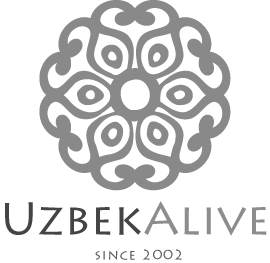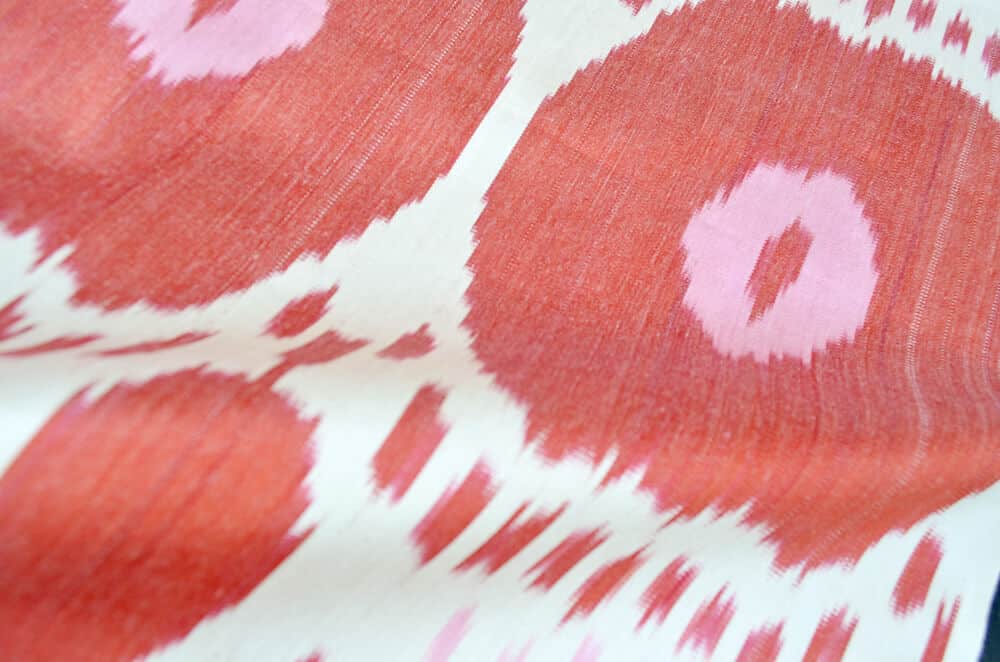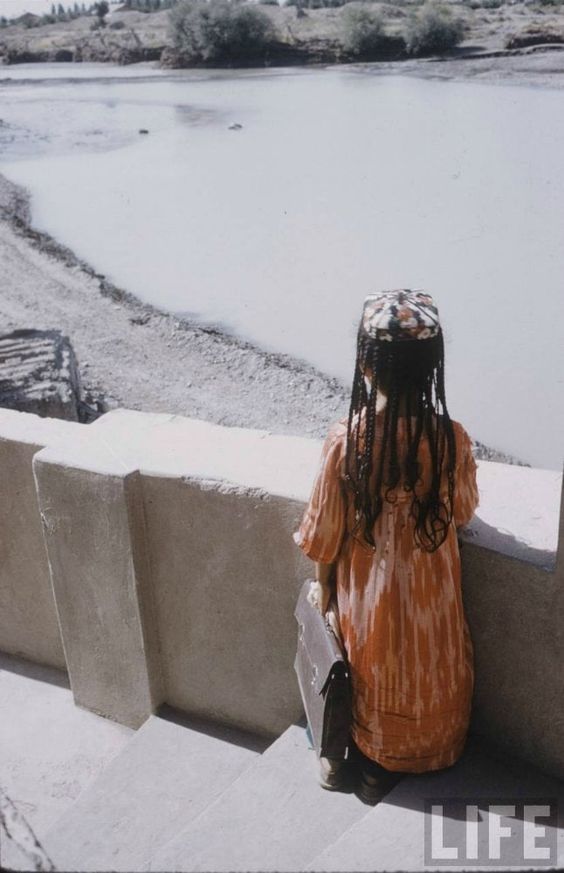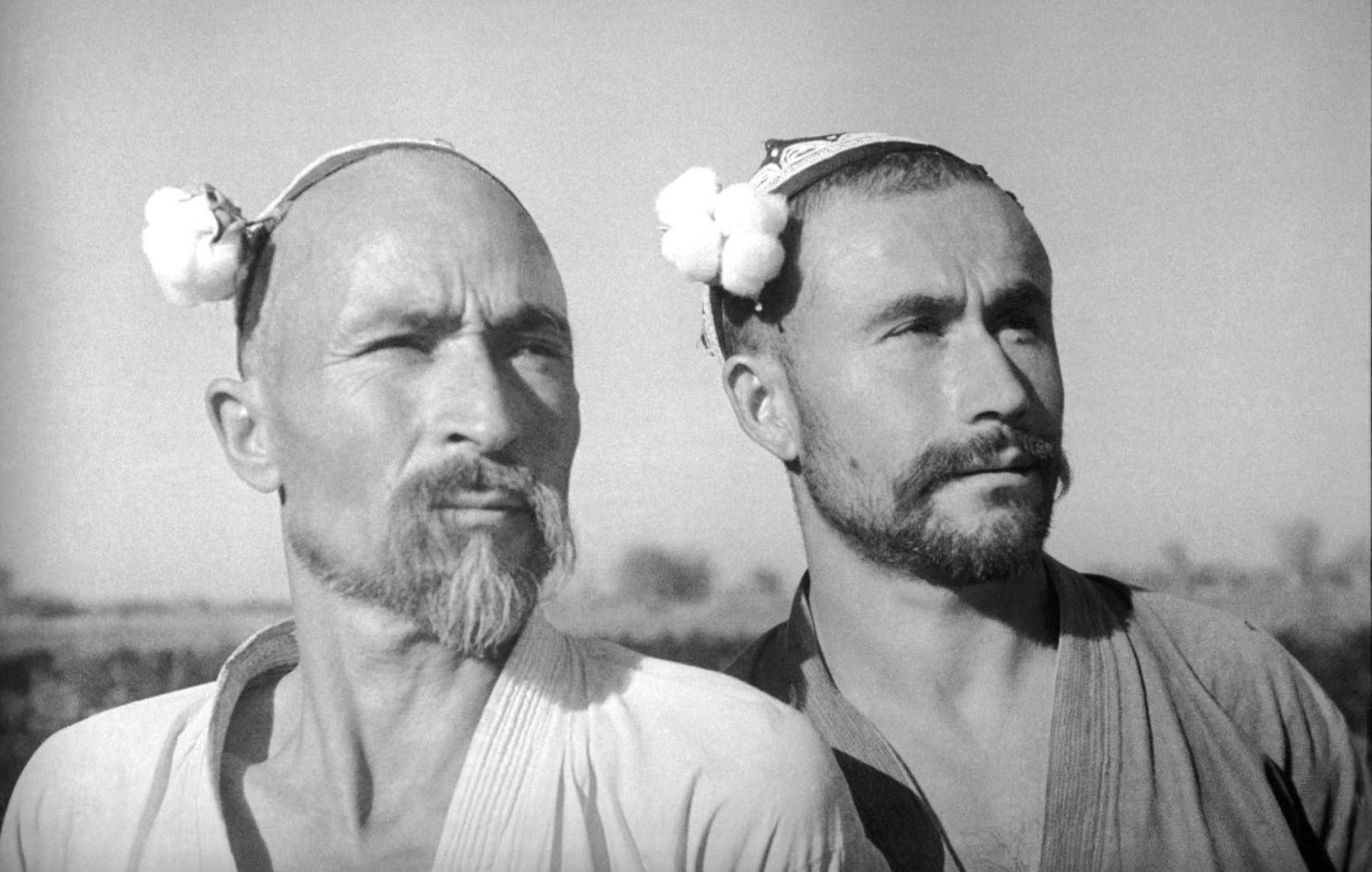
Ikat fabrics and “white gold” of Uzbekistan
Our ikat fabrics, renowned for their vibrant patterns and texture, are usually comprised of approximately 50% cotton and 50% silk, blending traditional craftsmanship with local agriculture. This article delves into the history of cotton production in Turkestan, presently known as Uzbekistan, where cotton cultivation has been a cornerstone of the region’s economy and culture for centuries.
Brief Historical Note on Uzbekistan’s “White Gold”
Cotton, often referred to as “white gold,” has long been a strategically significant crop. Its cultivation began in 19th-century Turkestan. Interestingly, the region’s evolution into a major cotton producer is a direct effect of the abolition of slavery in the United States. With the disruption of American cotton supplies, which were crucial to the Russian economy and military, Tsarist Russia turned its attention to Turkestan.
Among all its colonized territories, Turkestan had the ideal climate for cotton cultivation. Initially, local farmers grew cotton for export which was very minimal and the population’s use.
Originally cultivated to meet the demands of the Russian Empire’s population and military, cotton, over the years, has since become a vital part of the economy. It plays a key role in providing affordable clothing and supporting military efforts. Over time, the narrative of cotton has become one of pride, enrichment, power, and military strength, but it has also brought serious ecological issues to the region.
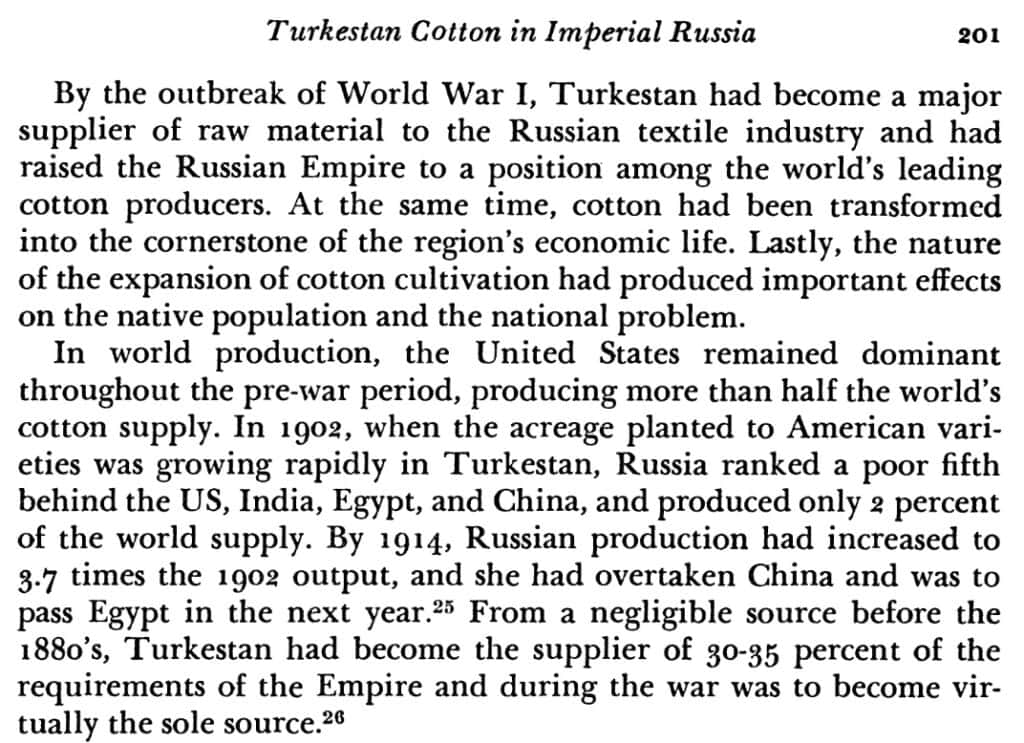
John Whitman at jstor.org
Cotton production and the Soviet Era
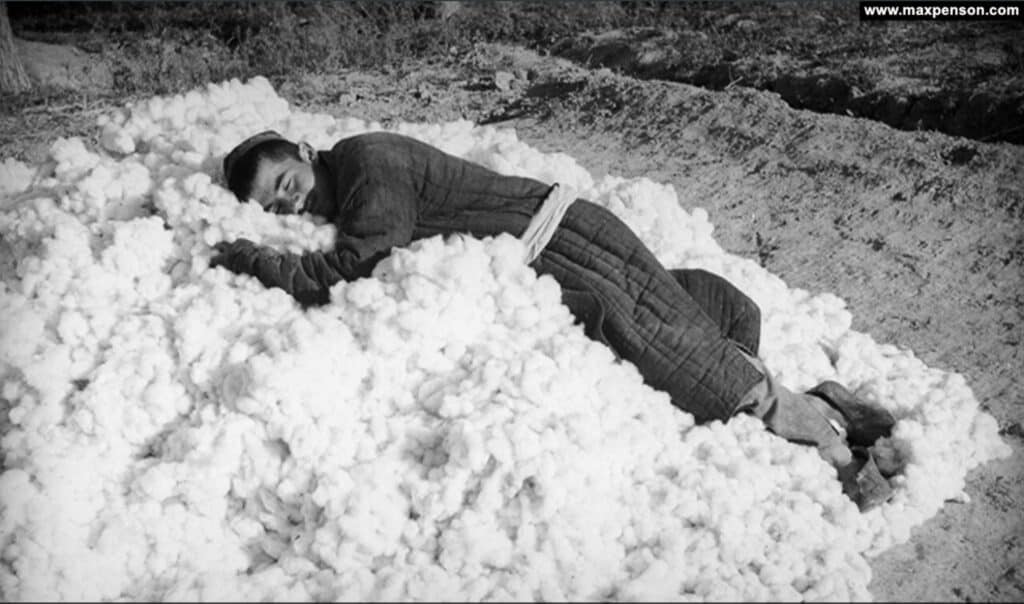
The Soviet Union was once a global leader in cotton production, as reports from the early 1980s highlight. Its significance extended economically and politically. Despite the complex history involving significant ecological challenges, cotton remains a vital crop in Uzbekistan today.
Mass Production of Cotton and Ikat Fabrics
Today only a fraction of Uzbek cotton goes into making Ikat fabrics. A larger portion of the cotton crops goes to export and production of other textiles.
Nowadays, Uzbekistan continues to grow cotton, and for our ikat fabrics, we use locally grown 100% Uzbek cotton along with our own Uzbek silk, celebrating the hard work of our local cotton farmers.
Cotton Production Sustainability and Uzbek Ikat fabrics
Is cotton production sustainable? This is a difficult question, the answer. What is sustainable on Plant Earth these days? The sustainability issue is directly linked to overconsumption at all levels globally. Fashion industry, according to ClimateTrade, is the “the third most polluting industry and produces about 10% of our annual carbon footprint – more than all international flights and maritime shipping combined”.
We could discuss both the positive and negative aspects of cotton production at length. For the purposes of this short post, let’s just say that Uzbek ikats are made of locally grown and locally processed cotton. Importantly, this production does not involve child labor, stressing Uzbekistan’s commitment to ethical practices.
At UzbekAlive we do not carry a large inventory of ikat fabrics. This is primarily because we are a small business, and keeping a huge inventory of textiles is financially burdensome for us. Since we work directly with artisans, for those of you – usually designers and decorators – who need larger quantities of specific fabrics, we can produce them. You can reach us from here to discuss your order.
